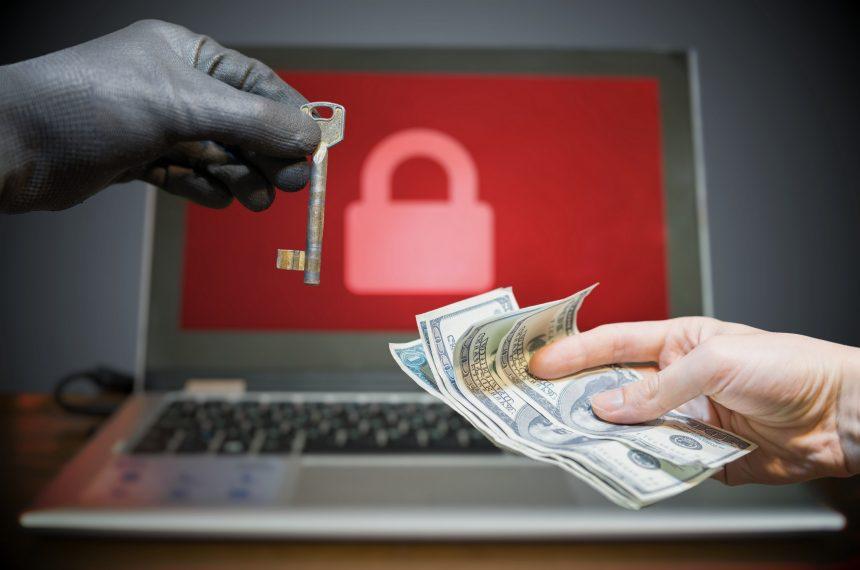Keylock is a perilous form of ransomware that encrypts your files, rendering them inaccessible, and then demands a ransom in exchange for a decryption key. This article delves into the origins, behavior, and propagation methods of Keylock, and provides essential tips for safeguarding your computer from this menacing malware. Additionally, we will examine a ransom note typically associated with this ransomware strain.
Origins and Nature of Keylock Ransomware
Keylock is a malicious software program classified as ransomware. Ransomware is a type of malware that encrypts files on a victim’s computer and demands a ransom to provide the decryption key necessary to recover the files. While the specific origin of Keylock may vary, it is important to understand that it is a criminal creation with malicious intent.
Keylock is designed to encrypt a wide range of files on a victim’s system, rendering them inaccessible and appending a “.keylock” extension to the filenames. For example, a file initially named “document.doc” would become “document.doc.keylock” after encryption.
Behavior of Keylock Ransomware
Once Keylock encrypts a victim’s files, it typically creates a ransom note with a filename that includes the victim’s username, such as “README-id-[username].txt.” This ransom note contains instructions for the victim on how to pay the ransom to obtain the decryption key.
Keylock may also change the victim’s desktop wallpaper to display the ransom message, further emphasizing the urgency and seriousness of the situation. The ransom note informs the victim that their data has been encrypted and may imply that the attacker has exfiltrated some of the data.
How Keylock Ransomware Spreads
Ransomware like Keylock is typically spread through various means, including:
Email Attachments
Malicious email attachments can carry the payload of the ransomware. When recipients open the attachment, it triggers the encryption process.
Infected Websites
Visiting compromised or malicious websites can lead to the automatic download and installation of ransomware.
Exploiting Vulnerabilities
Ransomware may exploit vulnerabilities in the victim’s operating system or software to gain access to the system.
Drive-By Downloads
Ransomware can be silently downloaded onto a victim’s computer when they visit compromised websites or click on malicious links.
Ransom Note Overview
The ransom note associated with Keylock ransomware typically informs the victim that their files have been encrypted. It also suggests that the attacker may have accessed some of their data. To obtain the decryption key, the victim is instructed to pay a ransom in Bitcoin, with the specific amount usually left unspecified.
The victim is usually given a deadline, often 72 hours, to contact the cybercriminals and make the payment. If the victim fails to comply, the ransom note warns that the stolen company data will be either leaked or sold to third parties. Victims may also be allowed to test decryption by sending the attackers up to three encrypted files that don’t exceed 2MB in size and don’t contain critical information.
The ransom note advises against renaming, modifying, or deleting the encrypted files and discourages any attempts at manual decryption or the use of third-party recovery software, as these actions may lead to permanent data loss.
Protecting Your Computer from Keylock Ransomware
To protect your computer from Keylock and other ransomware threats, follow these best practices:
Keep Software Updated
Regularly update your operating system and all software to patch vulnerabilities that cybercriminals may exploit.
Use Antivirus Software
Install reputable antivirus and anti-malware software to detect and remove ransomware threats.
Exercise Caution with Email
Be cautious when opening email attachments or clicking on links in emails, especially if the sender is unknown or the email appears suspicious.
Backup Your Data
Regularly backup your files to an external or cloud storage solution. This can help you recover your data in case of a ransomware attack.
Enable Firewall
Enable and configure a firewall to block unauthorized access and downloads.
Educate Yourself
Stay informed about the latest ransomware threats and phishing techniques to recognize potential dangers.
Avoid Illegal Downloads
Refrain from downloading cracked software or visiting unauthorized websites, as these can be sources of malware.
Conclusion
Keylock ransomware is a malicious program designed to encrypt files and demand a ransom from victims for their decryption. It is crucial to remain vigilant, practice good cybersecurity hygiene, and take preventive measures to protect your computer from this and other ransomware threats. Educate yourself about common ransomware tactics and remember that cybercriminals often target unsuspecting individuals and organizations.





